Creating Great Decor: How to Buy Art and Furniture Matching Pairs for Your Home
When it comes to creating an inviting and stylish home, one of the most important aspects is the way we blend and match different elements of decor. Art and furniture are two key components of any room’s design, and when paired correctly, they can transform an ordinary space into something extraordinary. But where do you begin? How do you choose the perfect art and furniture combinations that make your space truly shine?
Whether you're moving into a new home, redecorating a room, or just looking to add a fresh touch, understanding how to match art with furniture can be a game-changer. This article will guide you through the process of choosing and buying art and furniture pieces that complement each other, resulting in a harmonious and aesthetically pleasing living environment.
Why Art and Furniture Pairing Matters
Think of your home as a stage, and your art and furniture as the actors. They need to work together to tell a cohesive story. When art and furniture are carefully selected and paired, they elevate the overall atmosphere of a room. If they clash or seem disconnected, the space might feel chaotic or uncomfortable. Here’s why matching art with furniture matters.
- Creates Visual Harmony: A well-curated room feels balanced. When the furniture and art complement each other, there’s a sense of order and unity, which makes the room feel more relaxing and inviting.
- Reflects Your Personality: Your furniture and art choices are an expression of your personal style. By selecting pieces that align with each other, you showcase your taste and create a space that feels uniquely yours.
- Improves the Overall Aesthetic: The right art can make furniture stand out, and vice versa. The combination of both can create an elegant and cohesive look that enhances the aesthetic appeal of your space.
Starting with the Basics: Choosing Furniture
Before diving into the world of buying art, it’s important to start with the foundation of your space and furniture. The furniture you choose sets the tone for the entire room. Whether you’re selecting a cozy sofa, a sleek dining table, or a sturdy bookshelf, make sure you consider the following:
1. Choose a Color Palette
Start by choosing a color palette for your furniture. Your furniture should serve as a neutral or grounding element in the room. While you may opt for a statement piece—like a bold red couch or a mustard yellow armchair—it's typically a good idea to keep the overall palette in mind to avoid overwhelming the space.
If you want your furniture to serve as the backdrop, go for neutral tones like beige, gray, white, or taupe. These tones are versatile and allow the art to take center stage.
2. Consider Functionality and Comfort
Furniture isn’t just about looks; it’s also about function. When choosing furniture, ask yourself whether it will serve its intended purpose comfortably. Will that stylish armchair be cozy enough for reading? Is the sofa large enough to seat your family and guests? Keep both form and function in mind when making decisions.
3. Size and Scale Matter
Make sure the furniture pieces you buy fit well in the space. For example, a large sectional sofa might look fabulous in a spacious living room, but it could overwhelm a smaller room. Similarly, a tiny coffee table might get lost in a room filled with large, heavy furniture. Choose pieces that suit the scale of your room.
Buying Art: Adding Personality and Color
Now that you’ve got your furniture sorted out, it’s time to talk art. Art is where you can truly let your creativity and personality shine. Whether you’re into modern abstract pieces, classic landscapes, or quirky illustrations, the right artwork can bring your space to life. Here are some tips for choosing art that complements your furniture.
1. Consider Your Furniture Style
The first thing to keep in mind when buying art is the style of your furniture. If you have a contemporary, minimalist sofa, a large, abstract painting with bold colors can create a striking contrast and bring life to the room. On the other hand, if your furniture is more traditional, you might opt for classic landscapes, portraits, or still-life paintings to maintain a cohesive aesthetic.
2. Color Coordination
As with furniture, color plays an important role in art selection. The colors in your artwork should complement or contrast with the colors of your furniture. For instance, if you have a neutral-toned sofa, you might want to introduce some vibrant art pieces that add pops of color. Alternatively, if your furniture is already colorful, you may choose art with more subdued tones to balance out the space.
3. Size of the Art
Just like with furniture, size matters when it comes to art. If you have a large, expansive sofa, a tiny piece of art might look out of place. On the other hand, if you have a small accent chair, a large painting above it could feel overwhelming. Aim for a balance between the size of the furniture and the size of the art piece.
4. Create a Focal Point
Art can serve as the focal point of a room. A beautiful painting, a vintage poster, or even a series of smaller pieces arranged together can draw attention and give the room a sense of purpose. Place your art above the main furniture piece, such as above the sofa or the bed, to create a central point that anchors the room.
The Art of Pairing: How to Match Art and Furniture
Now that you have your furniture and art figured out, let’s get to the fun part—matching them! Here’s how you can successfully pair your furniture with artwork to create a visually stunning room.
1. Play with Contrasts
Contrasting styles can make your space more dynamic. For example, pairing an elegant, antique-style armchair with a modern, abstract painting can create an exciting contrast that adds interest and character to the room. Mixing different styles (as long as they’re balanced) can breathe life into your decor and give it a more personal touch.
2. Balance the Space with Color
If your furniture is predominantly neutral, you can use art to add color and vibrancy to the room. On the flip side, if your furniture has bold colors or patterns, consider selecting art that’s more subdued to avoid visual overload. A subtle abstract piece with calming colors can help balance out a room with a bold, colorful sofa.
3. Consider Texture
Just like with color, the texture of your furniture and art should complement each other. For example, if you have a sleek leather couch, a painting with rough brushstrokes or an abstract piece with texture can add depth and visual interest to the room. Alternatively, if your furniture has a lot of intricate detailing, you might want to choose simpler artwork that doesn't compete with the furniture’s texture.
4. Create a Visual Path
When you pair art with furniture, think about how the eye moves around the room. A good layout guides the viewer's eye in a natural, cohesive way. Placing art in relation to your furniture can help lead the eye from one point to another. For example, hang a piece of art just above a sofa, with additional smaller artworks on the surrounding walls to create a sense of balance and flow.
5. Use Art to Complement the Room’s Purpose
Consider the purpose of the room when selecting both furniture and art. In a living room, you might want something bold and eye-catching, while in a bedroom, calming and serene art can help create a relaxing atmosphere. In a home office, art that inspires creativity or promotes focus may be more appropriate.
Common Mistakes to Avoid
When matching art and furniture, there are a few common mistakes that can disrupt the harmony of the room. Here are some pitfalls to avoid:
-
Choosing Art That’s Too Small or Too Large: The size of the art should be proportionate to the furniture. A piece of art that’s too small can get lost, while one that’s too large can overwhelm the space.
-
Clashing Styles: It’s important to create a balanced mix of styles. Too many clashing styles can create confusion rather than cohesion.
-
Ignoring the Room’s Mood: Art sets the tone of a room. Don’t choose dark, moody pieces for a light and airy space, or overly vibrant art for a space meant for relaxation.
-
Not Considering Lighting: Lighting is just as important as the furniture and art itself. Make sure your art is well-lit to showcase its beauty and draw attention.
Conclusion: Making Art and Furniture Work Together
Buying art and furniture that match isn’t just about picking the right colors or styles—it’s about creating an experience in your home. When paired thoughtfully, these elements come together to create a harmonious, functional, and visually appealing space that tells your unique story.
Whether you’re buying furniture for a new home or adding art to a cozy nook, always remember that your home is a reflection of you. Choose pieces that speak to your personal style and preferences and let them work together to create the atmosphere you’ve always dreamed of.
Whether you're looking to buy art or buy paintings or even choose the perfect sofa and coffee table to match, remember it’s not just about filling up a space. It is also about creating something beautiful and memorable that feels like home. Buy art and buy furniture from CycloneSale.com for all your home decor needs today!


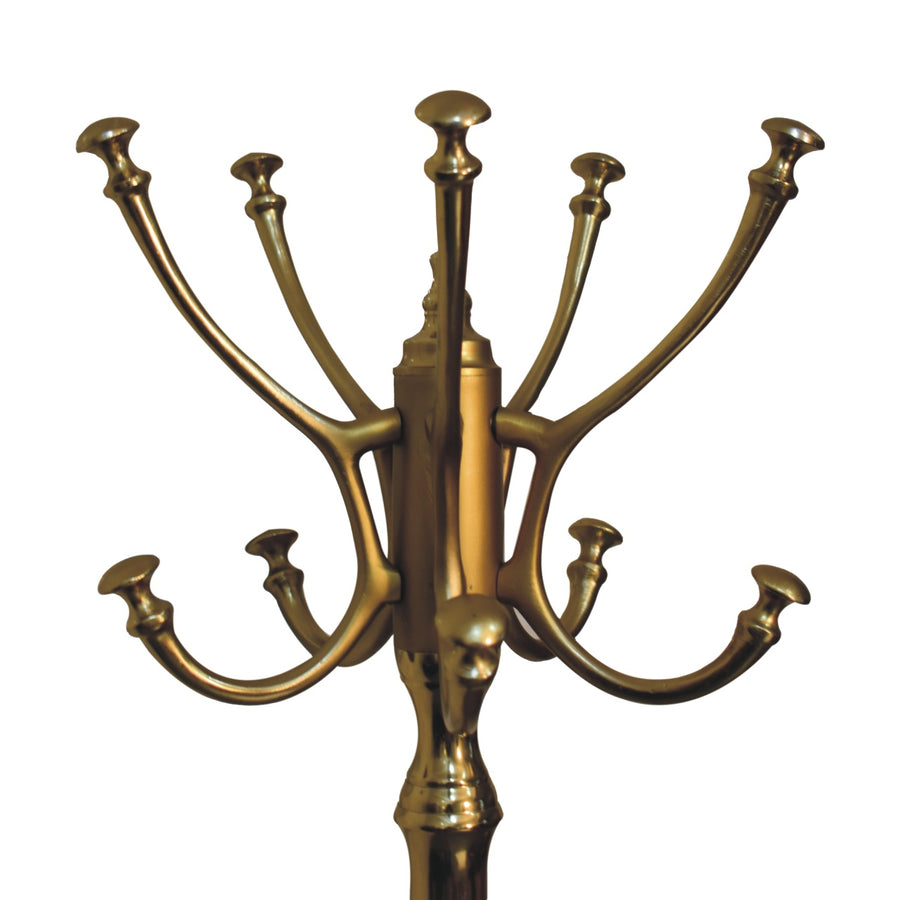
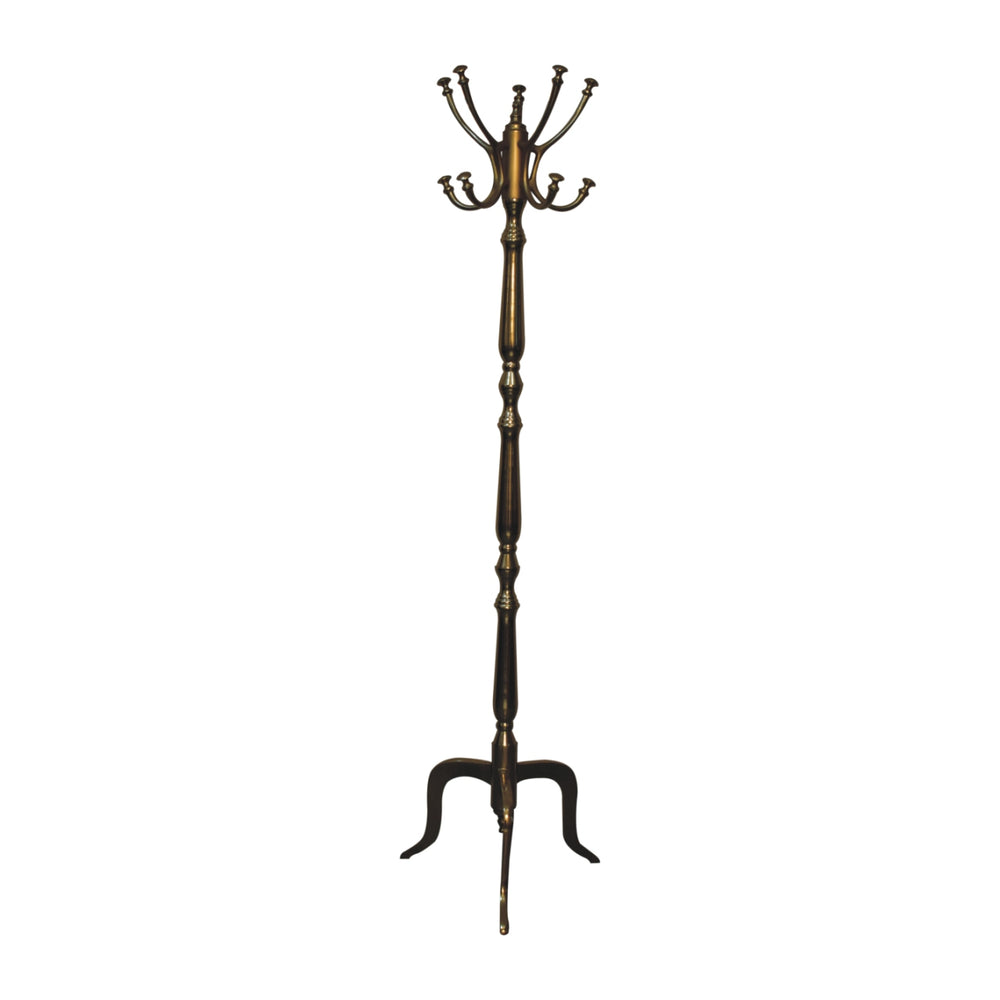
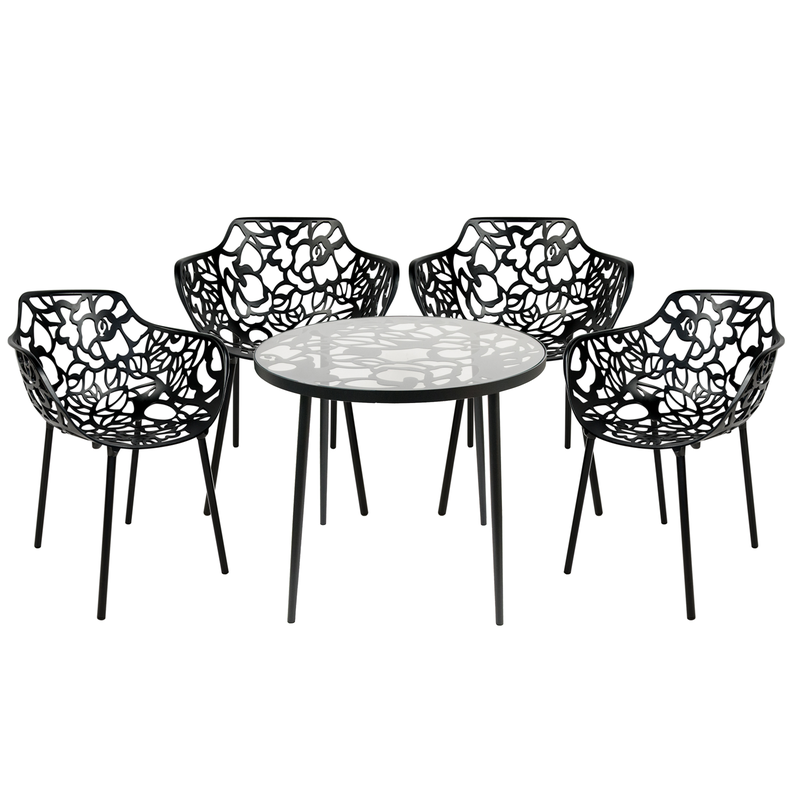
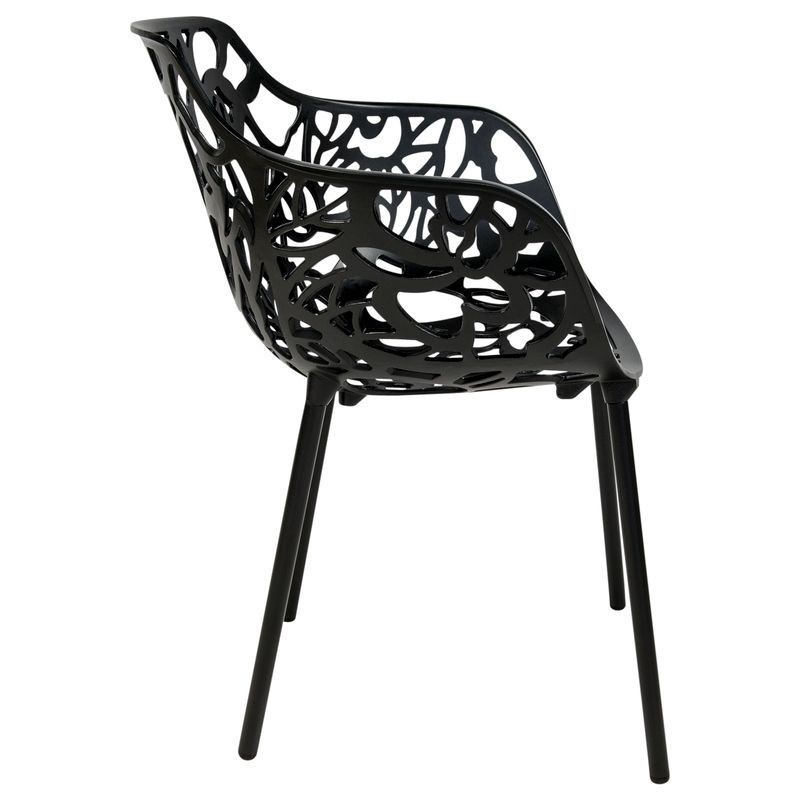
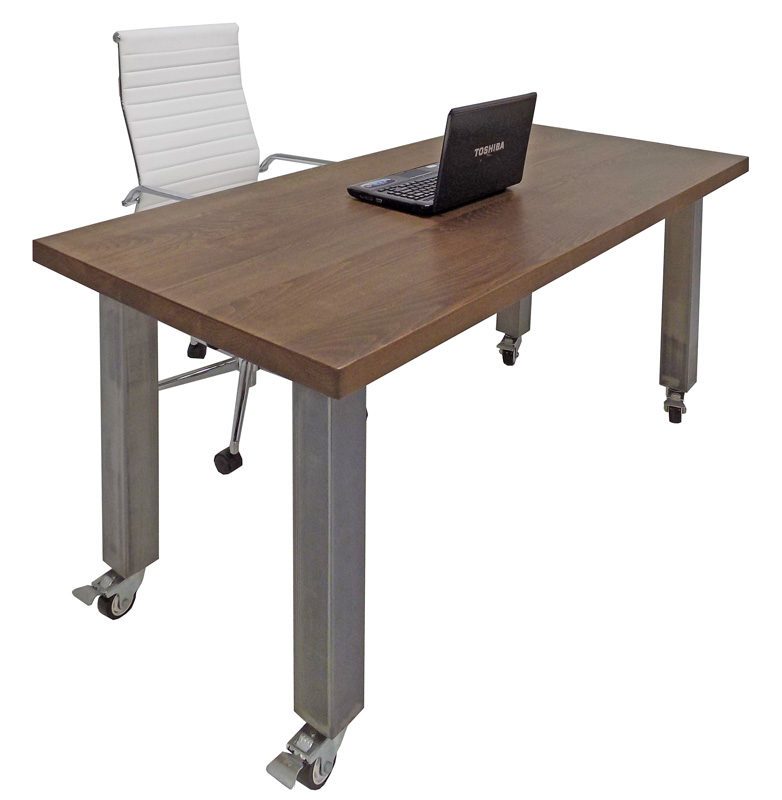



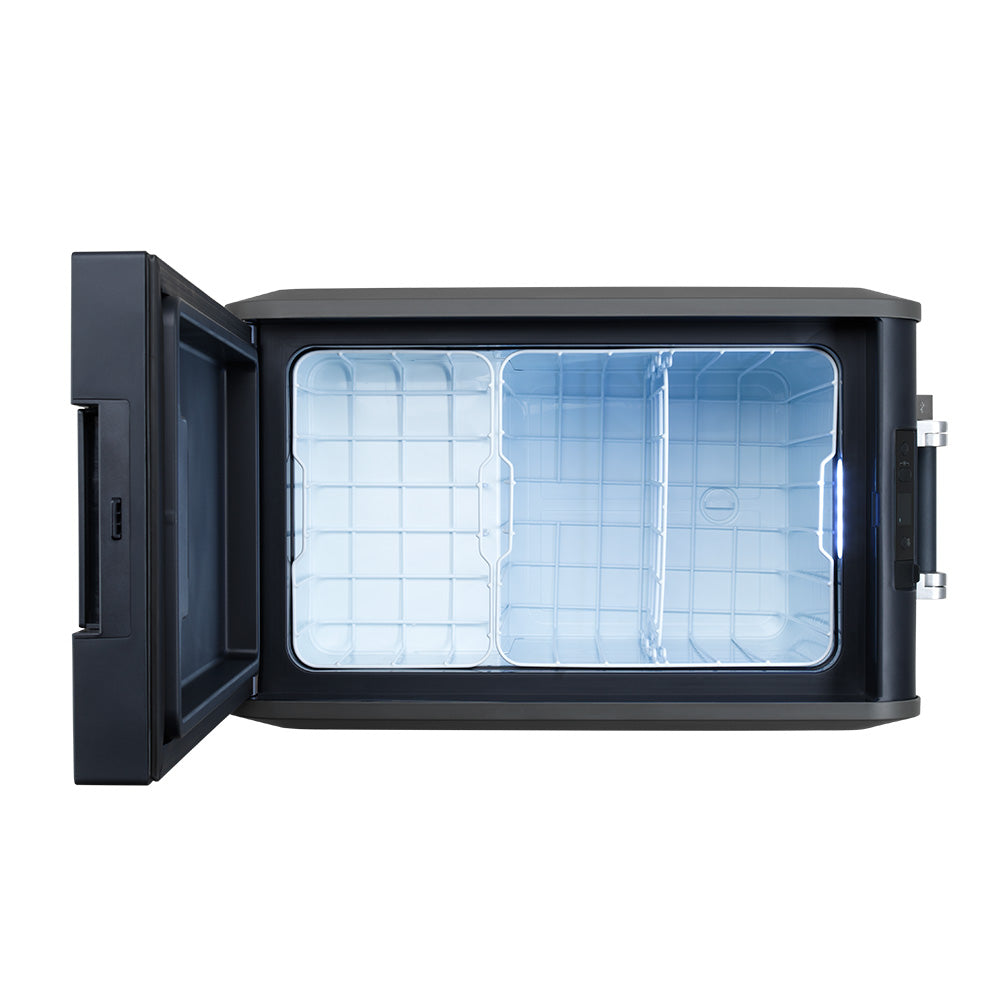

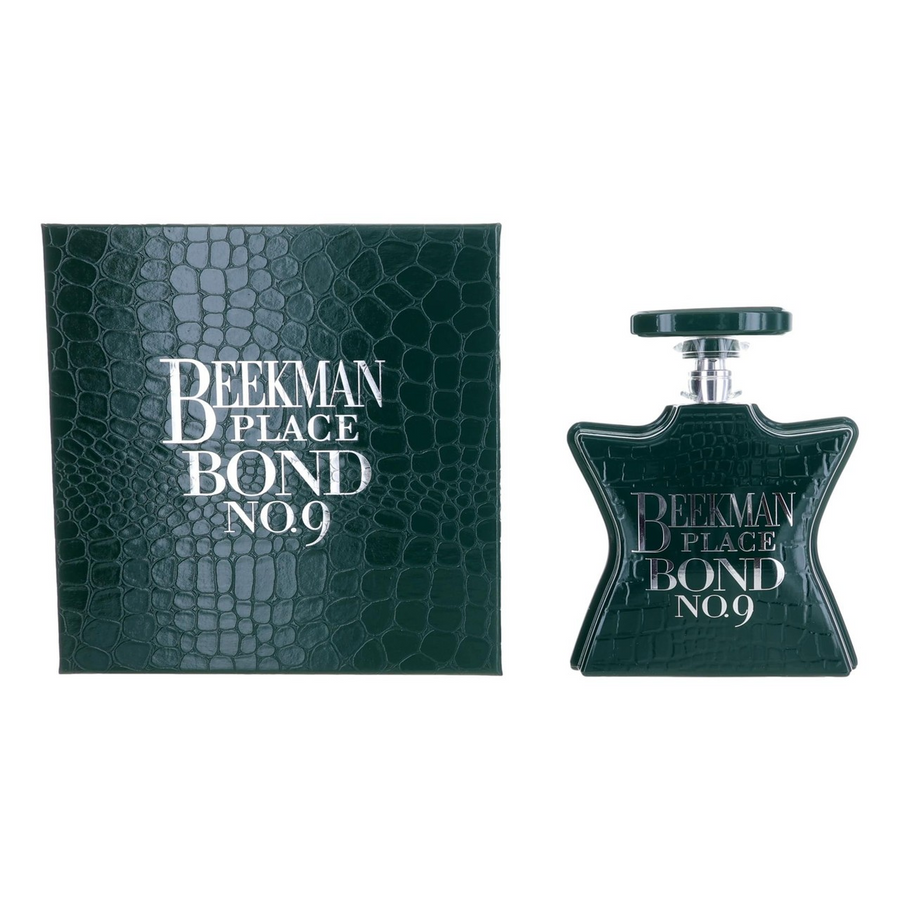






















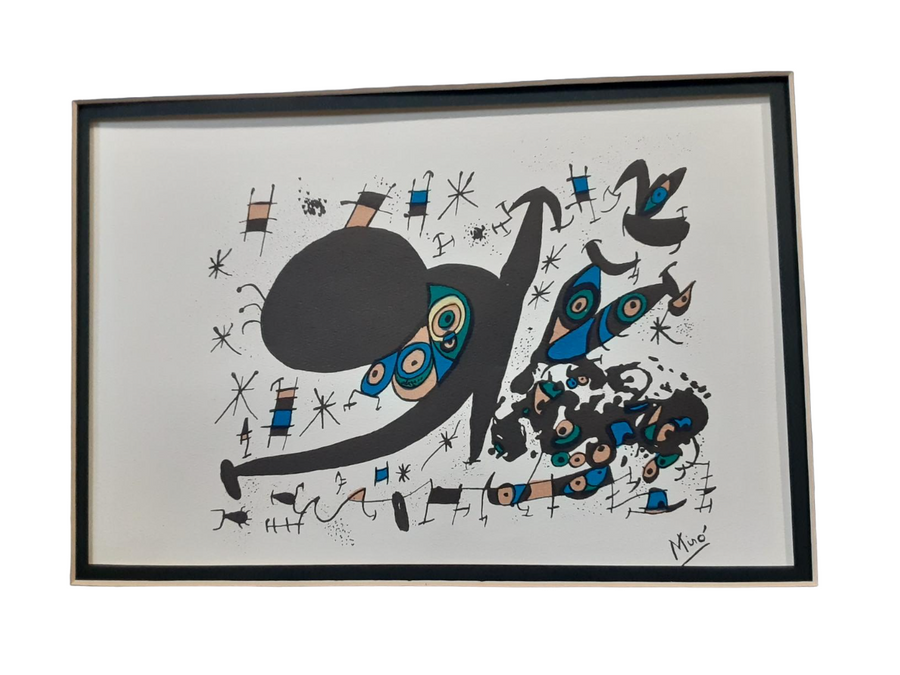



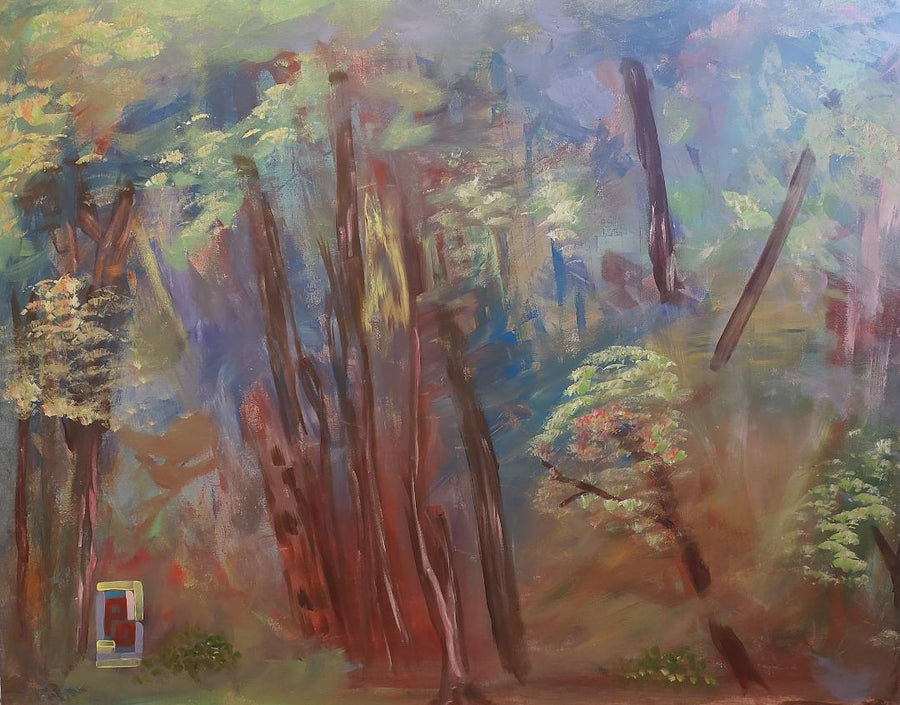
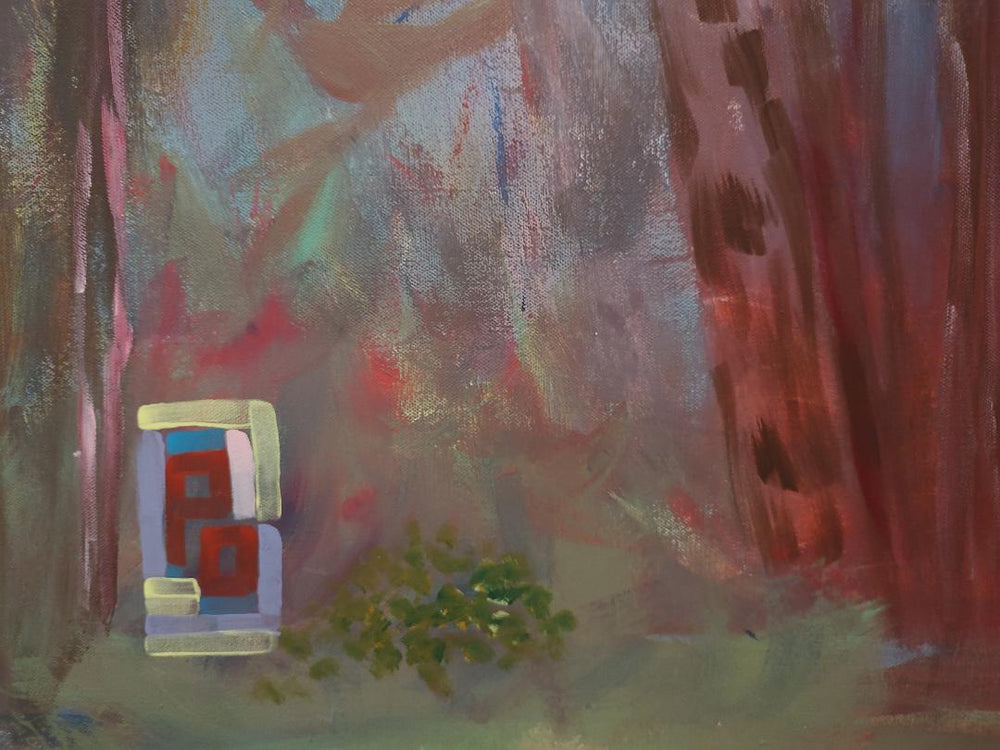


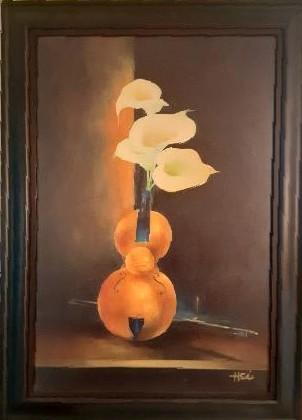

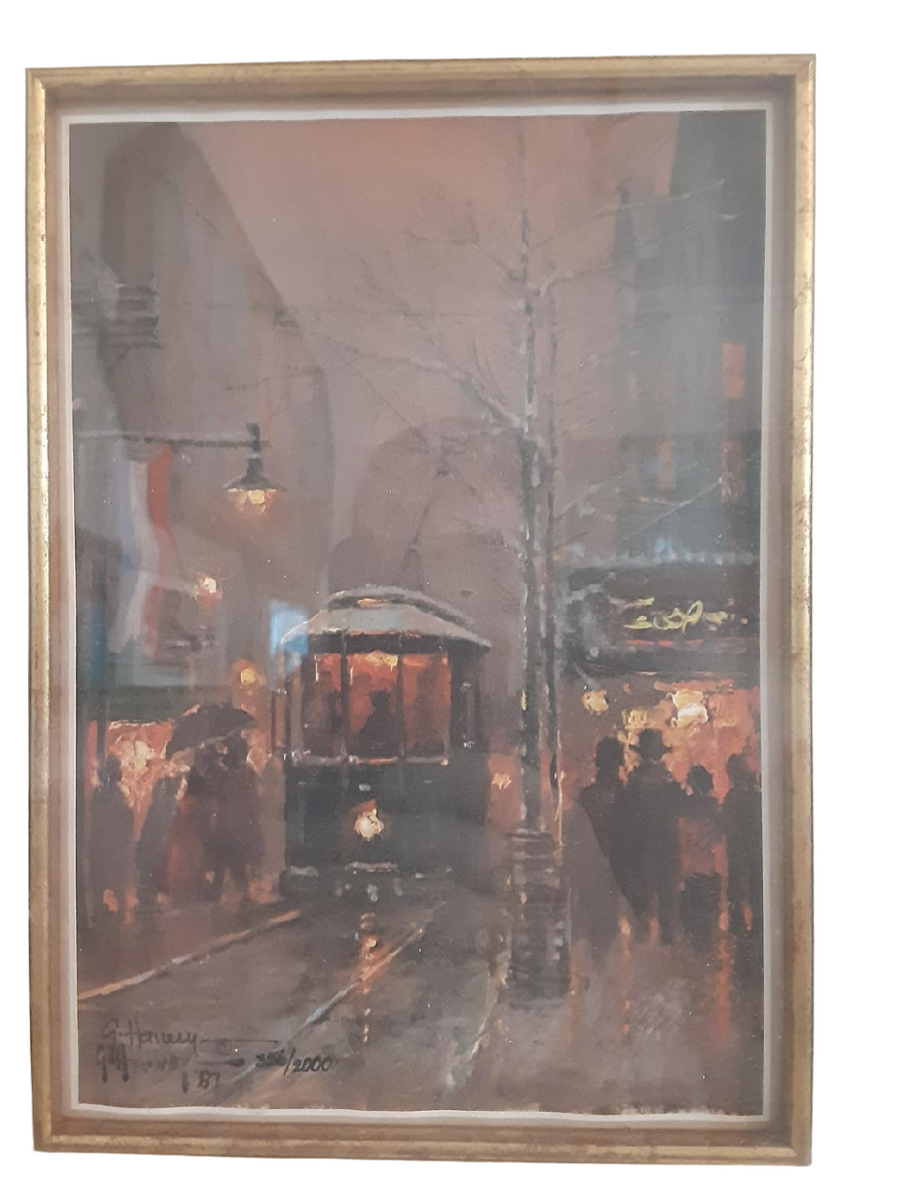
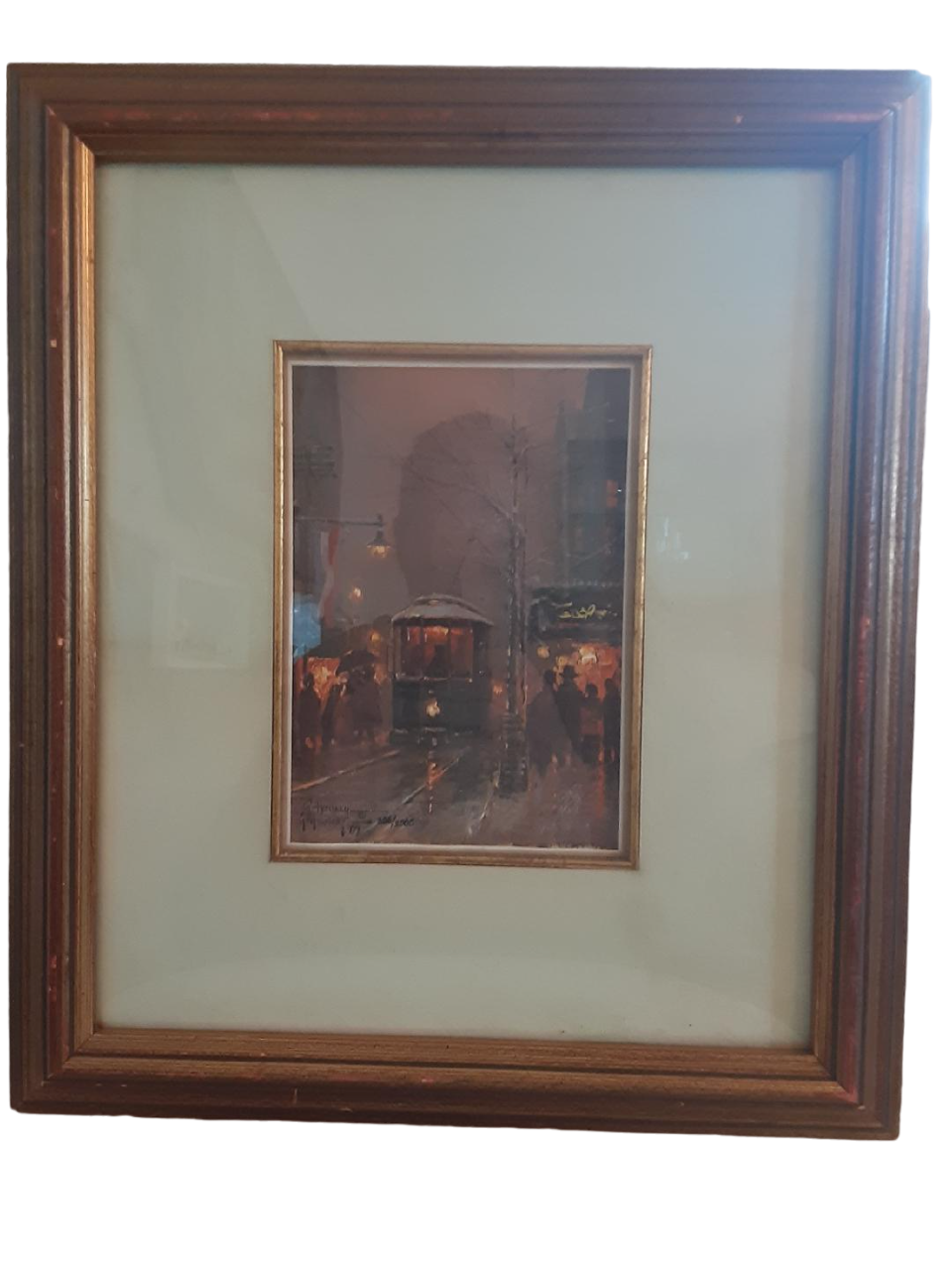


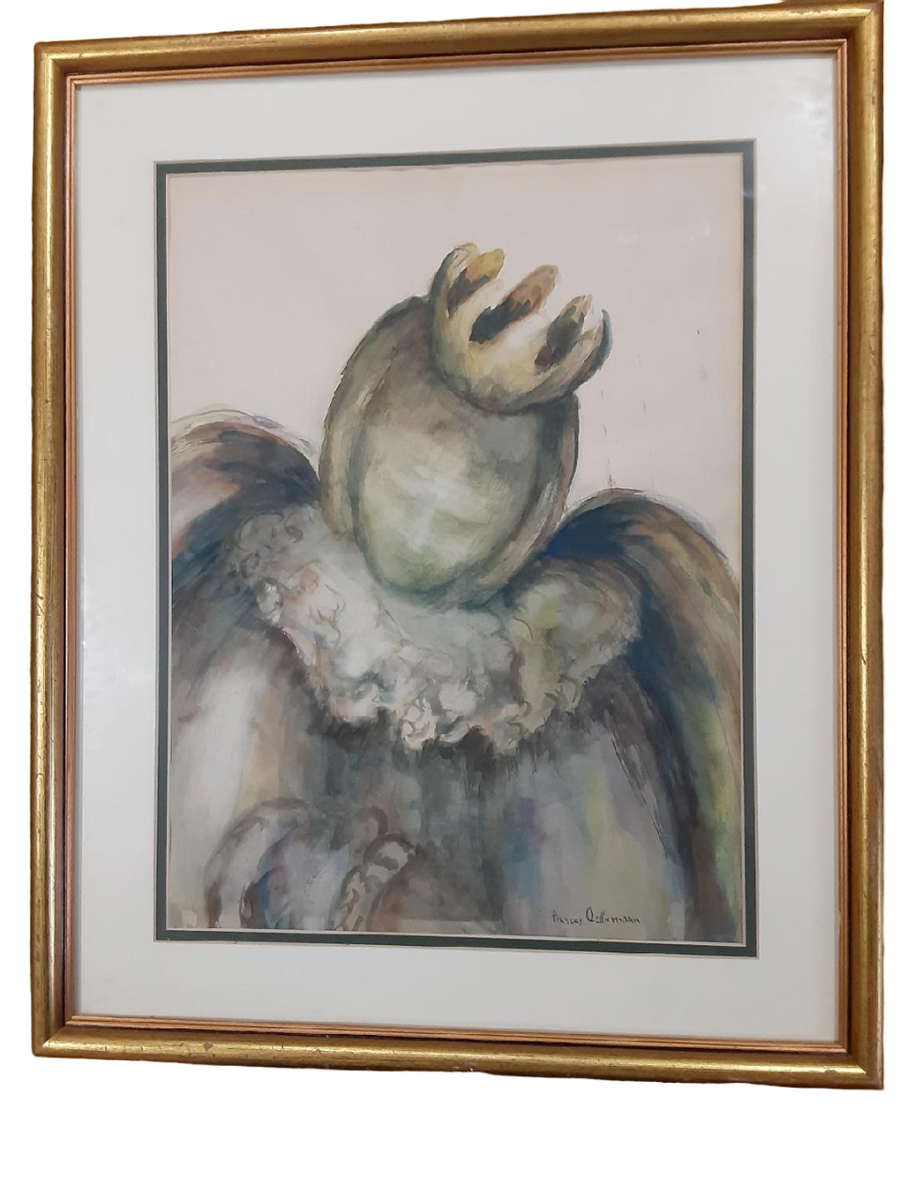

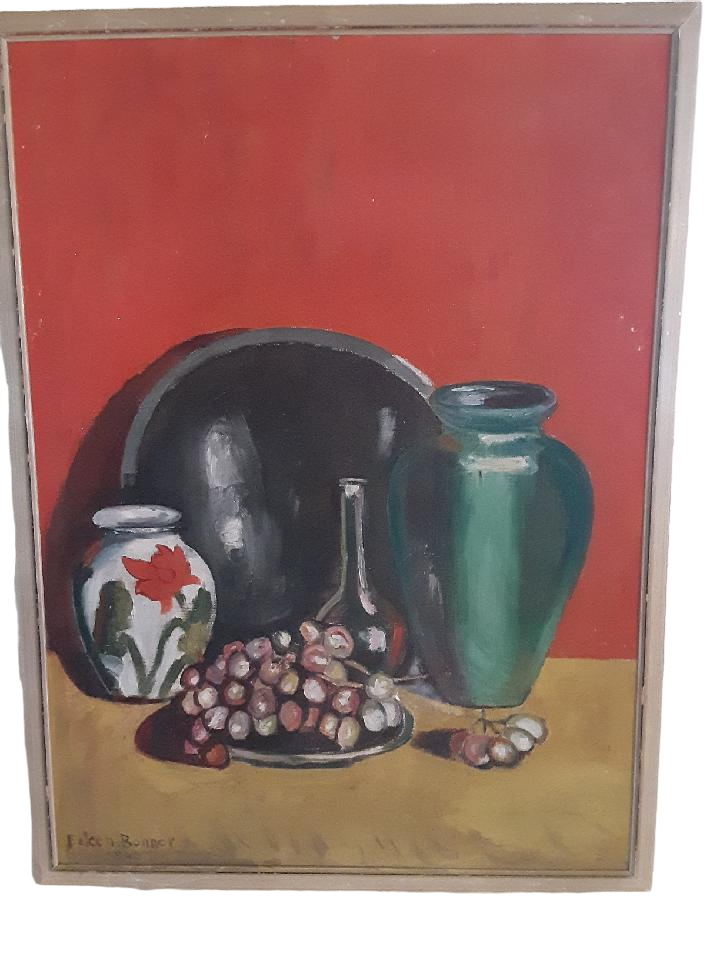

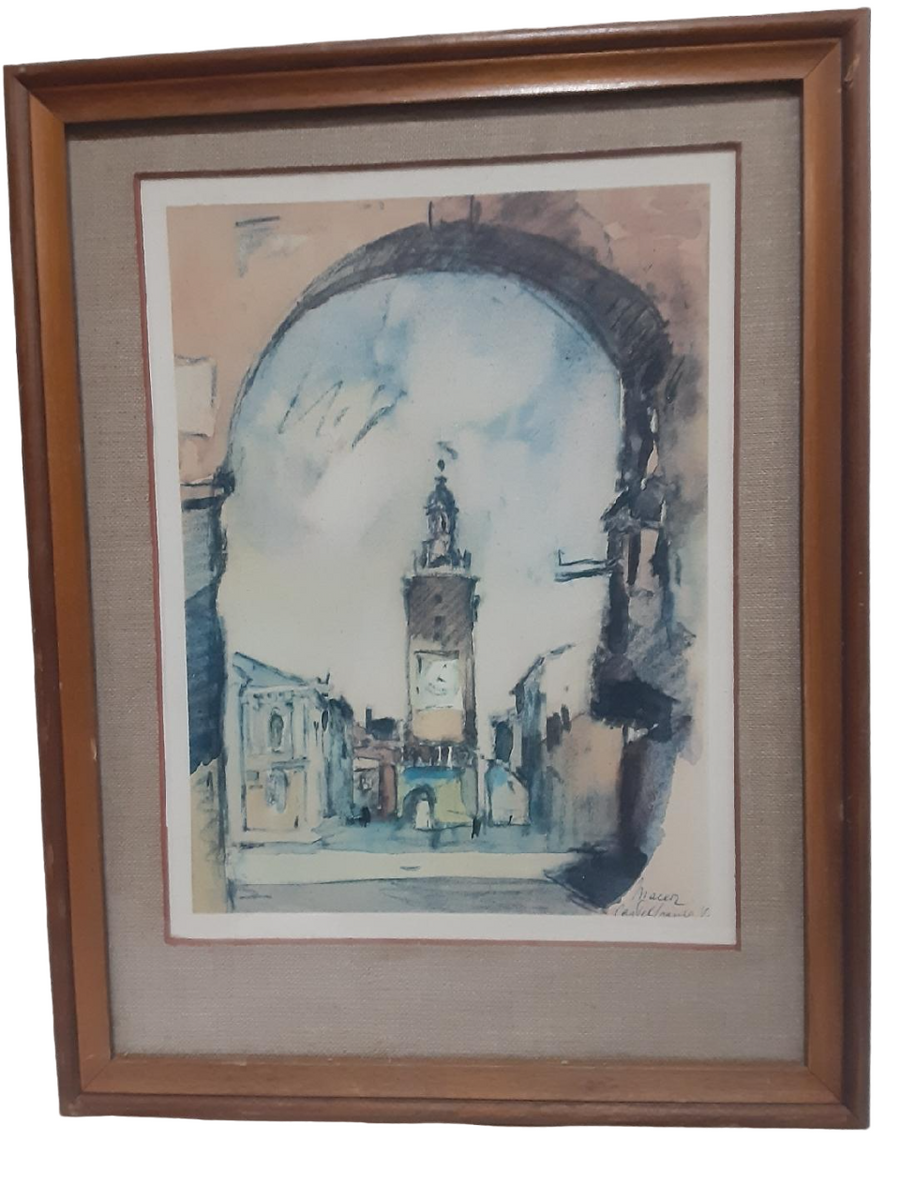





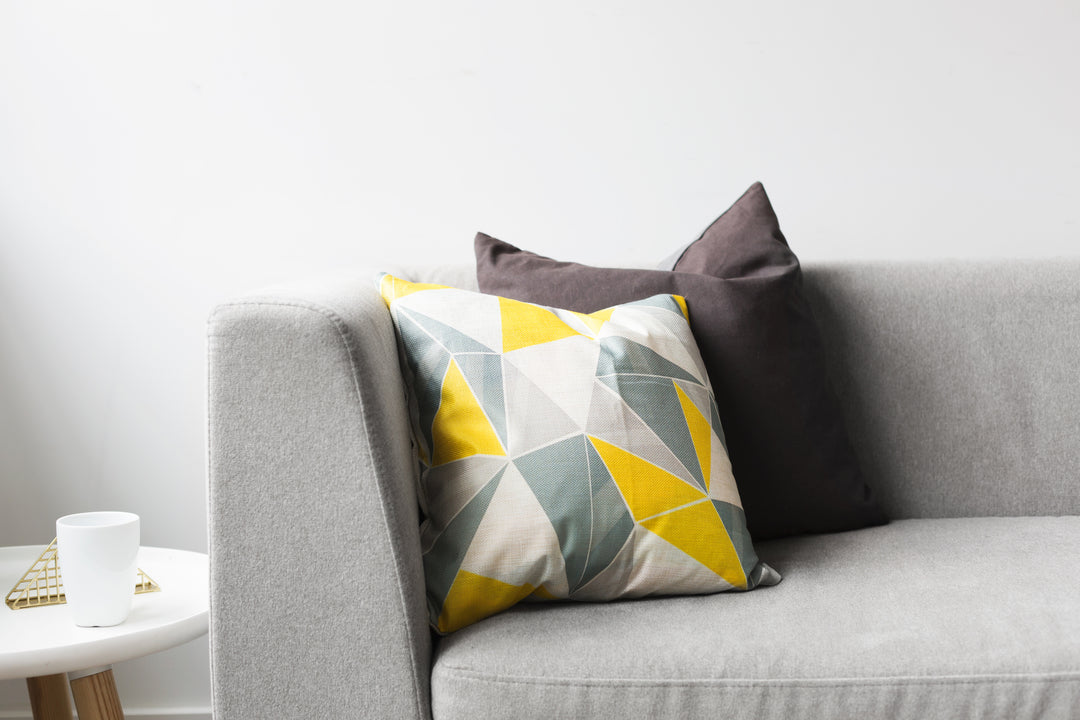
Leave a comment